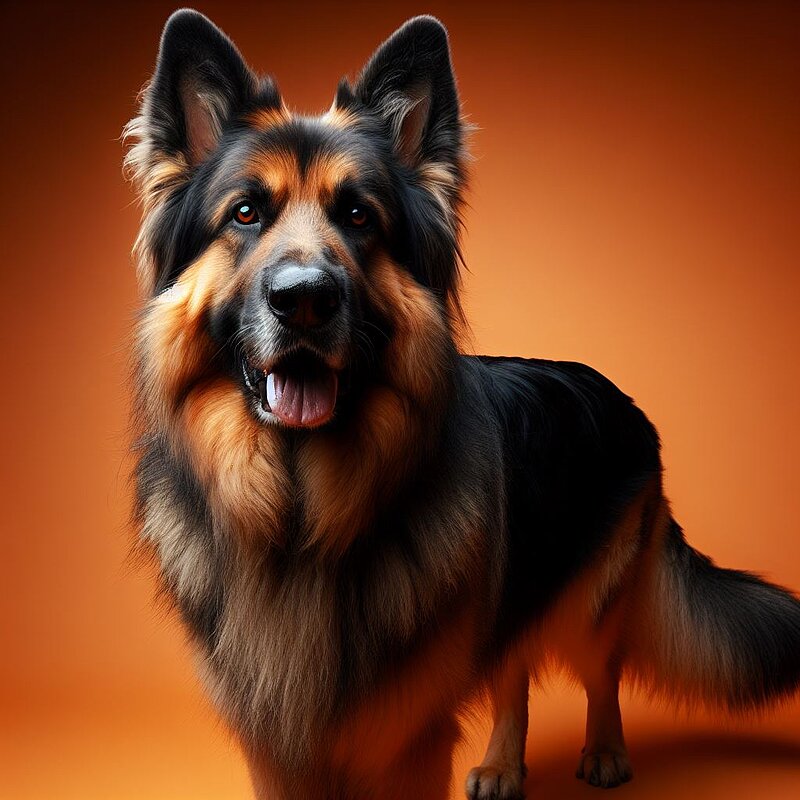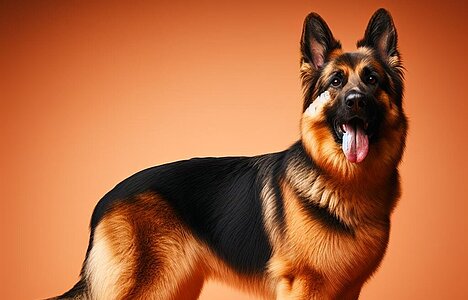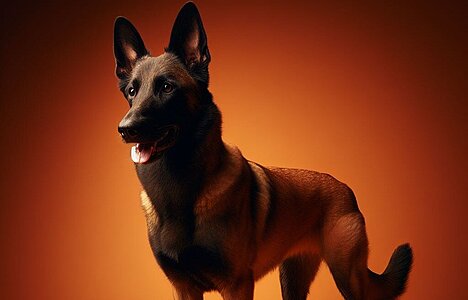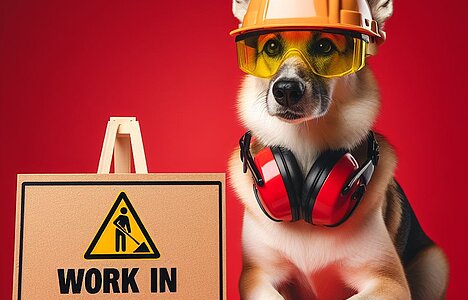Old German Shepherd: A loyal companion with tradition
History of the dog breed
The Old German Shepherd has its roots in Germany and was originally bred as a herding dog. In the 19th century, these dogs were indispensable helpers for shepherds and farmers as they guarded and led herds. In contrast to the more modern German Shepherd Dog, which was specifically bred in the 1890s to enhance certain visual and character traits, the Old German Shepherd Dog has retained its original diversity and robustness. This breed is not recognized by the Fédération Cynologique Internationale (FCI), but nevertheless enjoys great popularity among herding dog enthusiasts and working dog fans.
Who is the Old German Shepherd suitable for?
The Old German Shepherd is ideal for active people and families who spend a lot of time outdoors and can give a dog a job to do. Due to its high level of intelligence and urge to work, it is particularly suitable for dog sports such as agility, obedience and protection service. It also cuts an excellent figure as a therapy or rescue dog. It is less suitable for people who are looking for a calm, low-maintenance dog or who have little time for exercise and training.
Character description
The Old German Shepherd is known for its loyalty, intelligence and protective instinct. He is courageous, alert and has a strong need to please his humans. These dogs are often very affectionate and form close bonds with their families. With proper socialization and training, they are also friendly and patient with children and other pets.
Appearance
The Old German Shepherd is characterized by a strong, muscular appearance. Its coat is dense and of medium length, often with a thick undercoat that protects it from the elements. Coat colors vary, but black, gray and various shades of brown are often seen. Its ears are erect and its eyes radiate intelligence and alertness.
Grooming
Grooming the Old German Shepherd requires regular brushing, especially during the shedding season, to remove the undercoat and keep the coat healthy and shiny. The coat should be brushed thoroughly once or twice a week to prevent matting. Regular dental care, claw care and ear cleaning are also important to prevent health problems.
Health
Old German Shepherds are generally robust and healthy dogs, but as with all breeds, there are some health issues to watch out for. These include hip and elbow dysplasia, degenerative myelopathy and certain eye conditions. A balanced diet, regular exercise and check-ups at the vet are essential to ensure your dog's health.
Size and weight
Old German Shepherds are medium to large in size. Males reach a shoulder height of 60 to 65 cm and weigh around 30 to 40 kg. Females are somewhat smaller and lighter, with a shoulder height of 55 to 60 cm and a weight of 22 to 32 kg.
Exercise requirements and suitability for the city
Old German Shepherds have high exercise requirements and need sufficient physical and mental exercise every day. Long walks, hikes, playtime and training sessions are important to keep them happy and healthy. Living in the city is possible if there are sufficient exercise opportunities and tasks available. However, a house with a garden would be ideal.
Training recommendations
Training the Old German Shepherd should start early and be carried out consistently but lovingly. Positive reinforcement methods, such as rewards and praise, work best. Socialization training and obedience training are also important to ensure that the dog is comfortable and well behaved in different situations.
Grooming tips in detail
In addition to regular grooming, special attention should be paid to dental care. Tartar build-up can be prevented by regular tooth brushing and special dental care chews. Claws should be checked regularly and trimmed if necessary. Ears should be checked and cleaned weekly for dirt or signs of infection.
Behavior and interaction with children and other animals
Old German Shepherds are generally friendly and patient with children, especially if they have been well socialized. They can also get along well with other dogs and pets if they have been accustomed to them from an early age. However, their protective instincts can cause them to react vigilantly and protectively in new or uncertain situations.
Information
Alternative Names
Country of origin
Appearance
Height at withers
Weight
Life expectancy
Breeding
FCI-Group
Similar to Old German Shepherd Dog
These dog breeds look similar to the Old German Shepherd Dog or resemble it in character.




